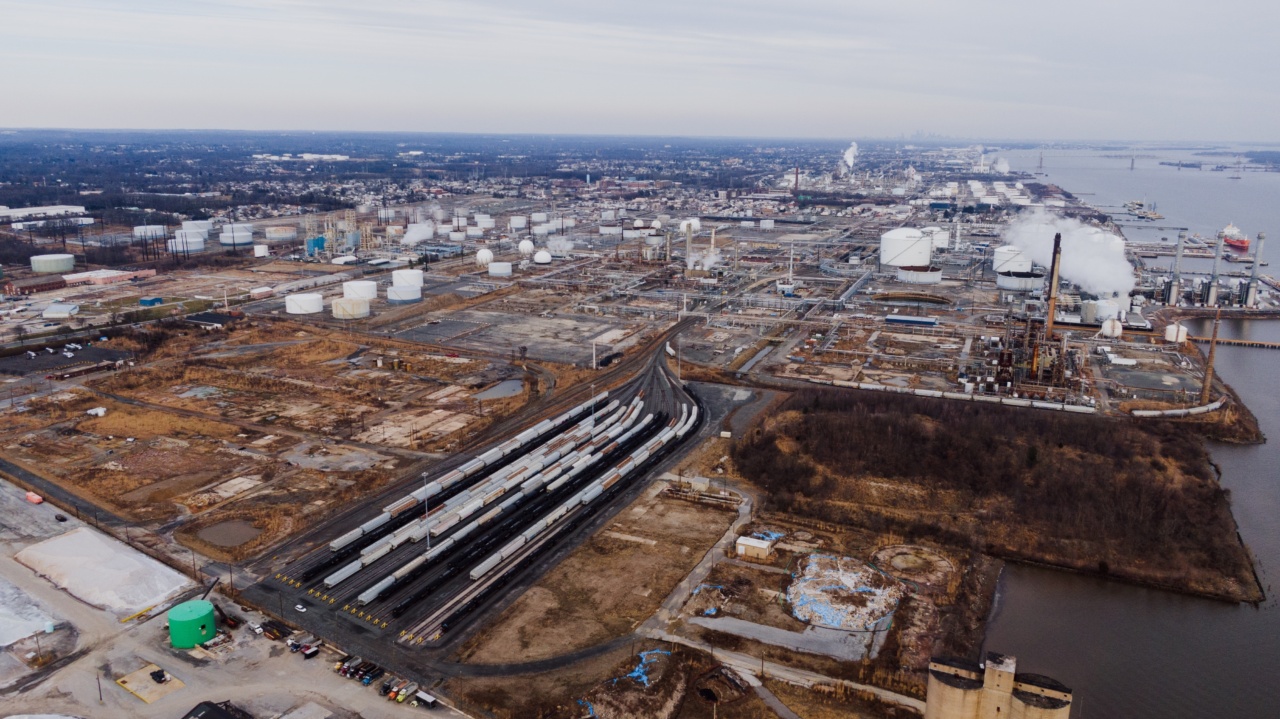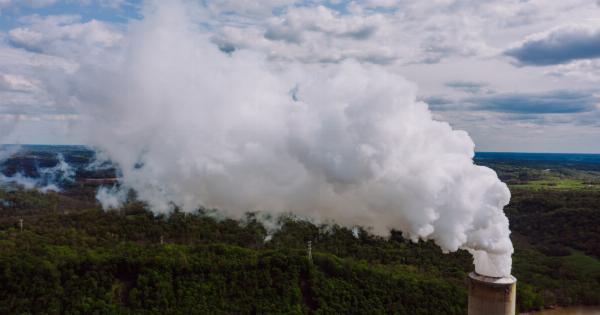Air pollution poses an imminent danger to public health. This is a growing concern around the world as millions of people are exposed to polluted air which results in respiratory problems, heart diseases, cancer, and other health issues.
It is a problem that affects not only the health of individuals but also the environment we live in. This article will look at the causes of air pollution, its impact on public health, and the steps that can be taken to reduce it.
What is Air Pollution?
Air pollution is the presence of harmful substances in the air we breathe. These substances include gases, pollutants, and particulate matter. The sources of air pollution are many and varied.
They include emissions from vehicles, industrial processes, power plants, and natural sources like volcanoes and wildfires. The impact of air pollution on public health is severe. According to the World Health Organization (WHO), air pollution is responsible for millions of premature deaths every year.
Impact of Air Pollution on Public Health
Air pollution affects everyone, but it is particularly harmful to vulnerable groups such as children, the elderly, and people with respiratory problems. The impact of air pollution on public health goes beyond respiratory problems.
Exposure to polluted air can lead to heart diseases, strokes, cancer, and other health problems. Long-term exposure to air pollution can also reduce life expectancy.
Causes of Air Pollution
The causes of air pollution are many and varied. The sources of air pollution can be classified into two broad categories: human-made and natural sources.
Human-made sources of air pollution include industrial processes, transportation, power generation, and heating and cooling systems. Natural sources of air pollution include wildfires, dust storms, and volcanic eruptions.
Industrial Processes
The industrial processes that contribute to air pollution include manufacturing, oil and gas production, and construction. These industries release toxic chemicals and particulate matter into the air.
They also produce greenhouse gases which contribute to climate change. The use of fossil fuels in these industries also contributes to air pollution.
Transportation
The transportation sector is a major contributor to air pollution. Vehicles release a variety of pollutants including carbon monoxide, nitrogen oxides, and particulate matter. These pollutants have a negative impact on air quality and public health.
The use of vehicles powered by fossil fuels also contributes to climate change.
Power Generation
The generation of electricity is another major source of air pollution. Coal-fired power plants emit a variety of pollutants including sulfur dioxide, nitrogen oxides, and particulate matter.
These pollutants have a negative impact on air quality and public health. The use of renewable energy sources like wind and solar power can help reduce air pollution from power generation.
Heating and Cooling
The use of heating and cooling systems in homes and buildings is another source of air pollution. These systems emit pollutants like carbon monoxide and nitrogen oxides.
The use of energy-efficient heating and cooling systems and the use of renewable energy sources can help reduce air pollution from heating and cooling systems.
Natural Sources
Natural sources of air pollution include wildfires, dust storms, and volcanic eruptions. These events can release large amounts of particulate matter into the air.
Although natural sources of air pollution cannot be eliminated, steps can be taken to mitigate their impact on public health.
Steps to Reduce Air Pollution
There are several steps that can be taken to reduce air pollution and protect public health. These include:.
- Reducing emissions from transportation by promoting the use of public transportation, electric vehicles, and bicycles.
- Reducing emissions from industry by implementing regulations and using clean technologies.
- Using renewable energy sources like wind and solar power to generate electricity.
- Improving energy efficiency in homes and buildings through the use of energy-efficient heating and cooling systems, insulation, and other measures.
- Taking steps to reduce the impact of natural sources of air pollution through early warning systems, evacuation plans, and other measures.
Conclusion
Air pollution poses an imminent danger to public health. The sources of air pollution are many and varied, but they all have a negative impact on air quality and public health.
There are several steps that can be taken to reduce air pollution and protect public health. These steps include reducing emissions from transportation and industry, using renewable energy sources, and improving energy efficiency in homes and buildings.
By taking these steps, we can ensure that everyone has access to clean air and protect public health for generations to come.






























